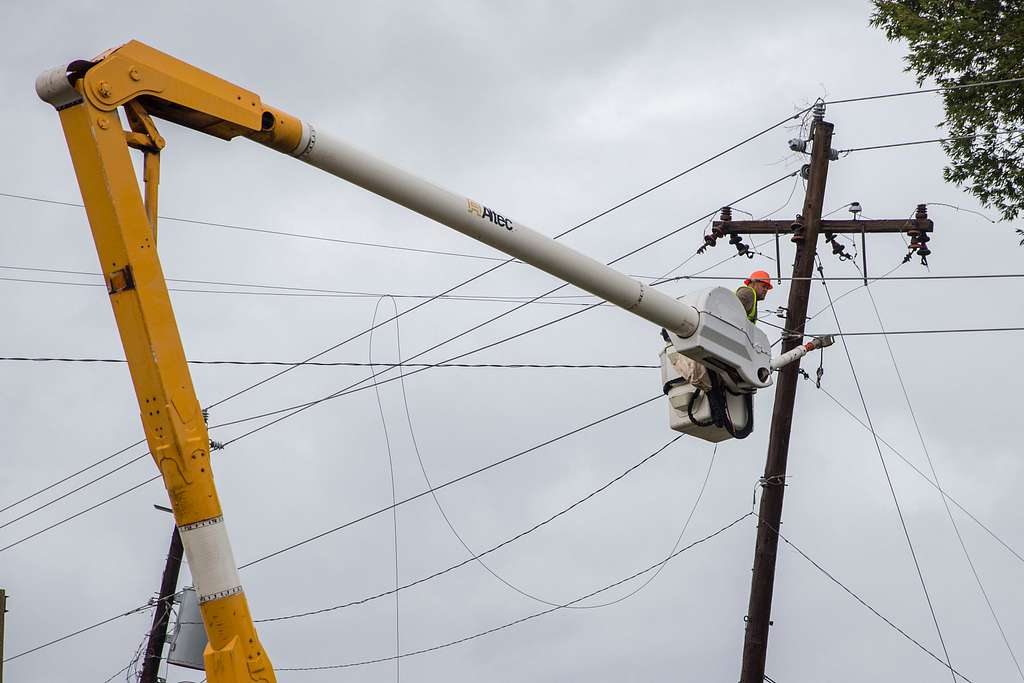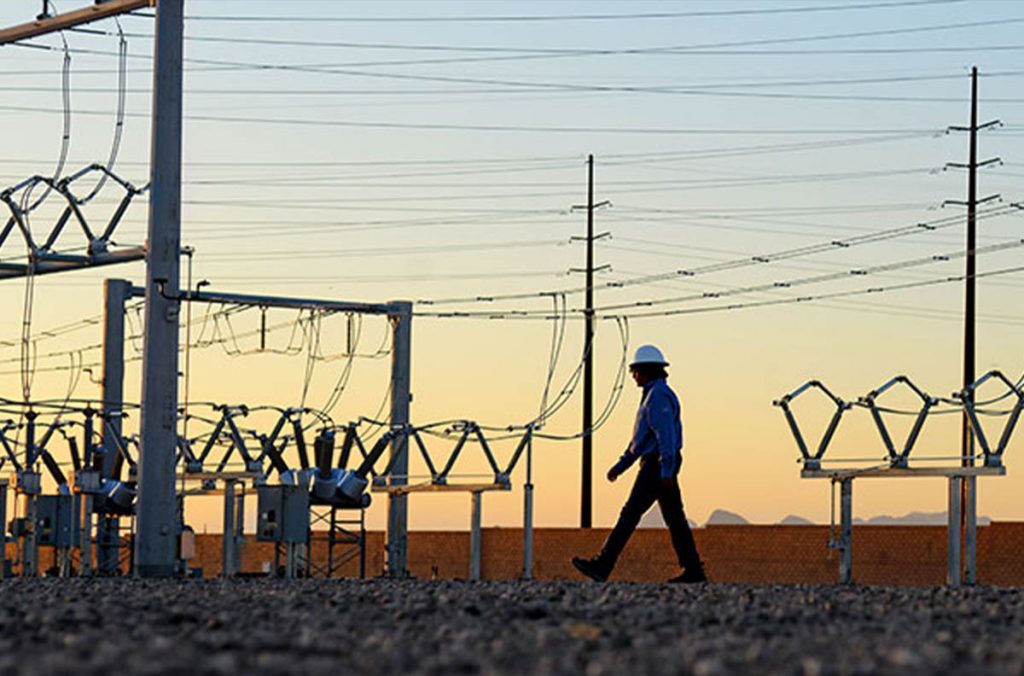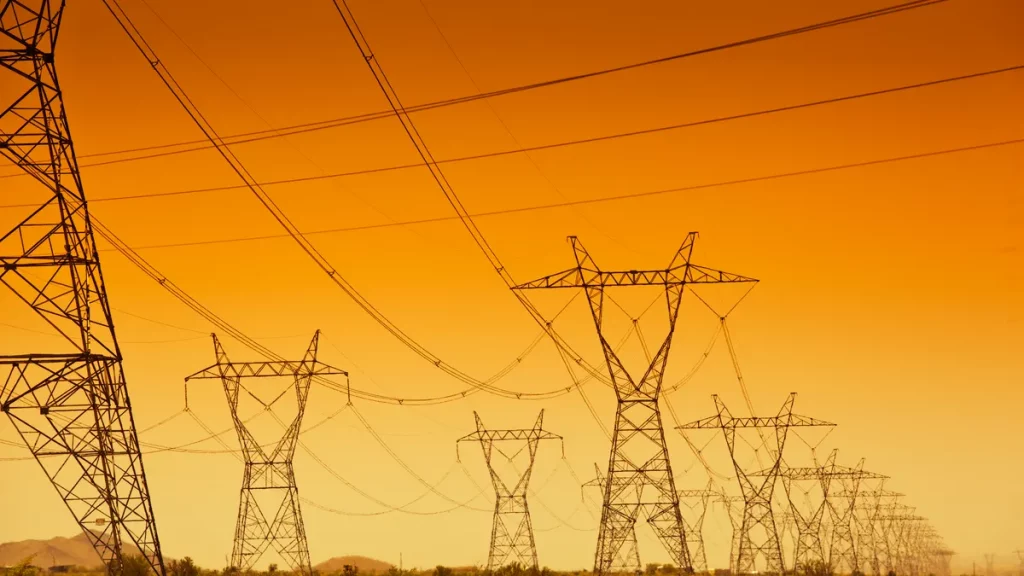Baltimore and surrounding areas are facing an escalating grid reliability crisis. On July 21, PJM Interconnection, the regional transmission organization serving much of the Mid-Atlantic, took the rare step of requesting an emergency order from the U.S. Department of Energy under the Federal Power Act. The move was prompted by concerns of an “imminent electric reliability emergency” in the Baltimore Gas and Electric (BGE) zone, where generation supply is running thin.

The warning comes after a series of outages and near misses. Severe thunderstorms last week left nearly 80,000 customers without power, with some outages lasting up to two days. On Monday, a key power plant disconnected from the grid, prompting BGE to urge customers to conserve electricity to prevent further strain.

While weather damage played a role, critics point to years of deferred infrastructure maintenance, vegetation overgrowth, and policy decisions that have reduced the margin for error in an already stressed system.
For Smartland Energy, Baltimore’s situation underscores a larger reality: urban grids, even in major metropolitan areas, are increasingly vulnerable to both predictable seasonal stress and sudden shocks. As demand grows, resilience strategies like distributed generation, battery storage, and proactive grid maintenance will be key to keeping the lights on.

